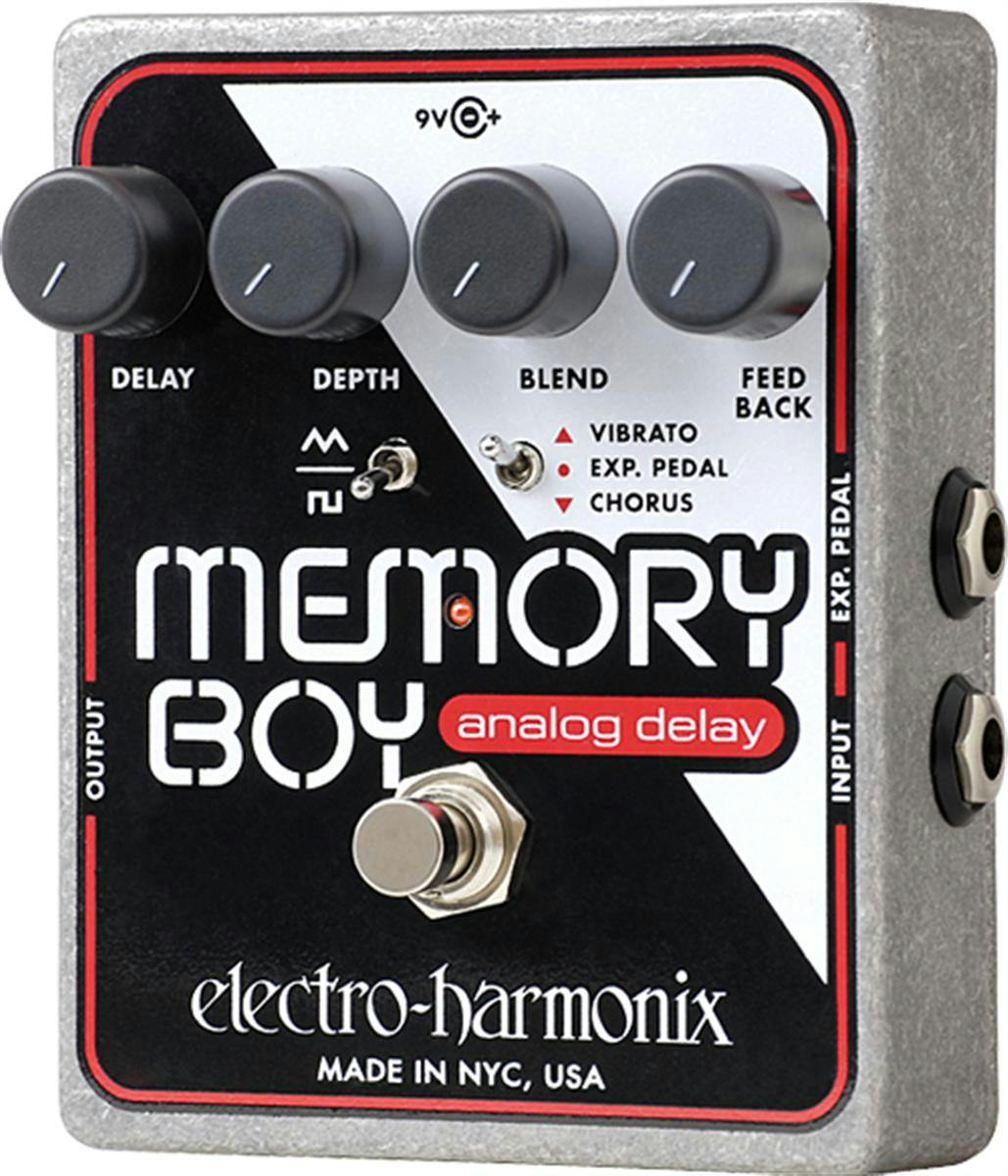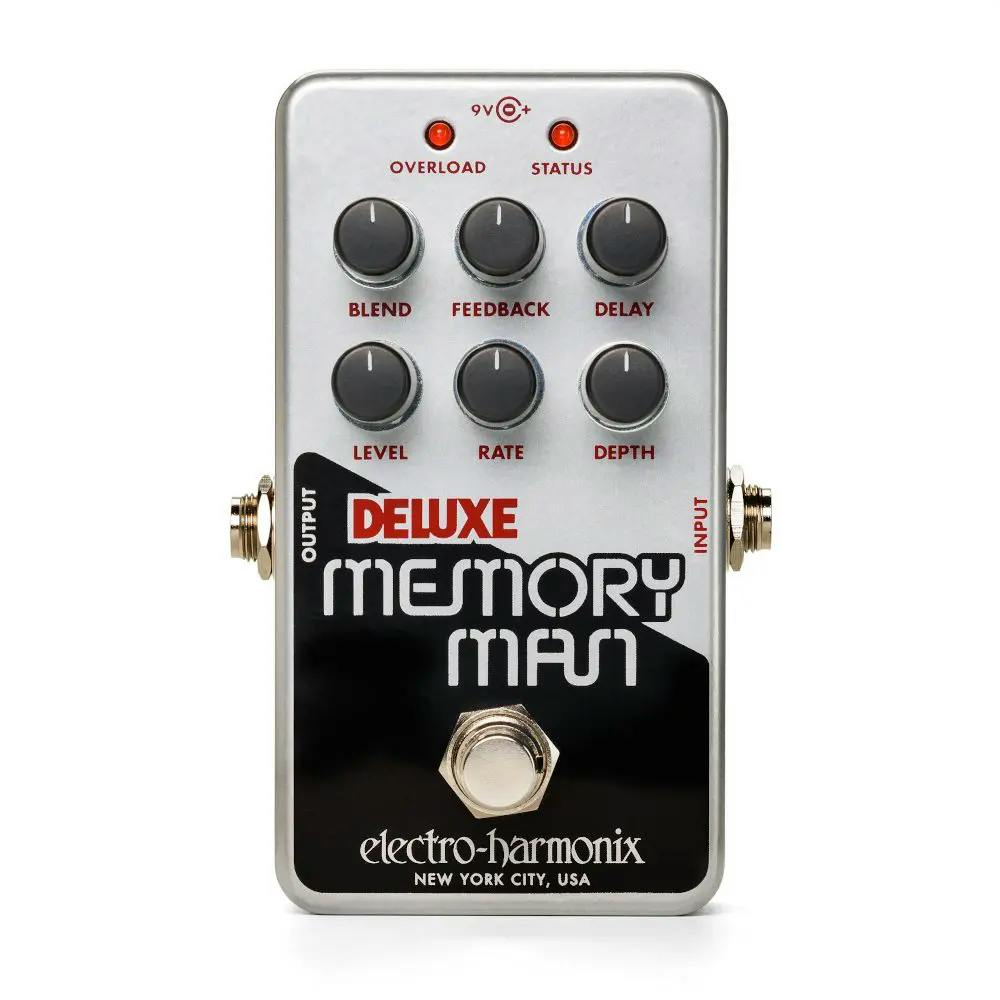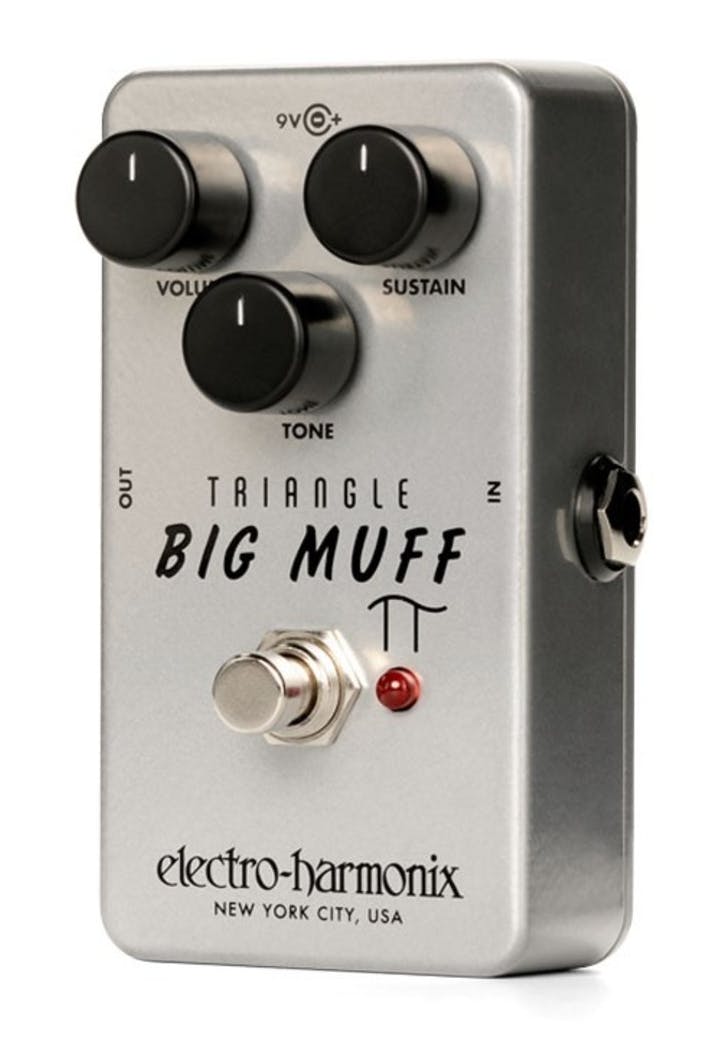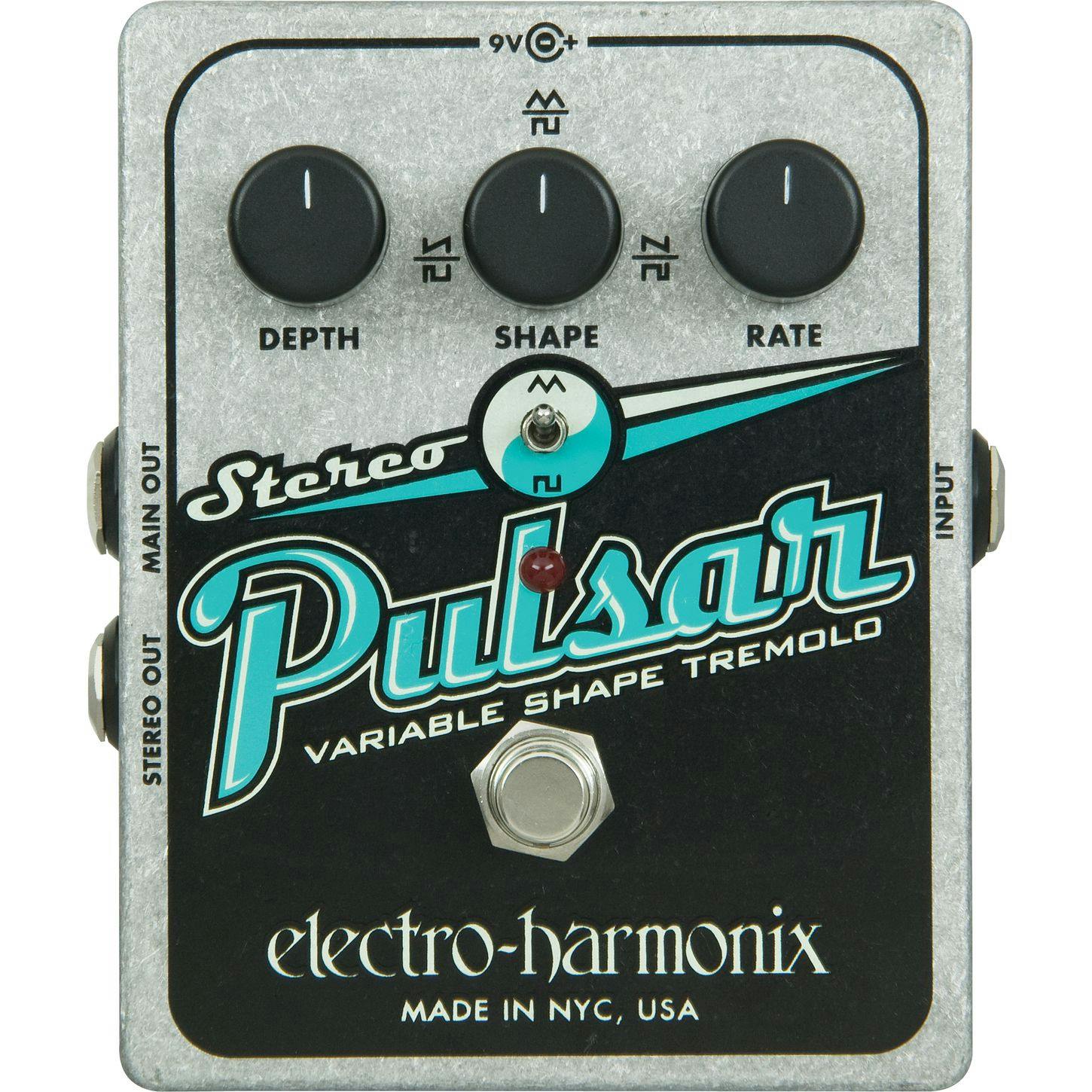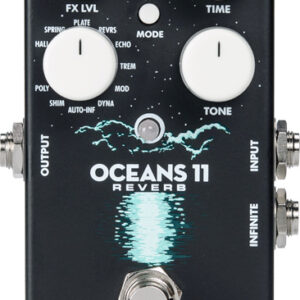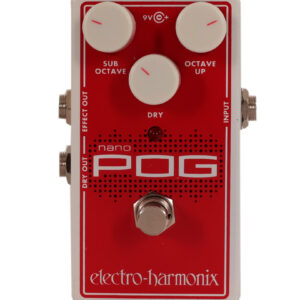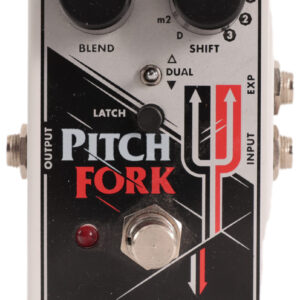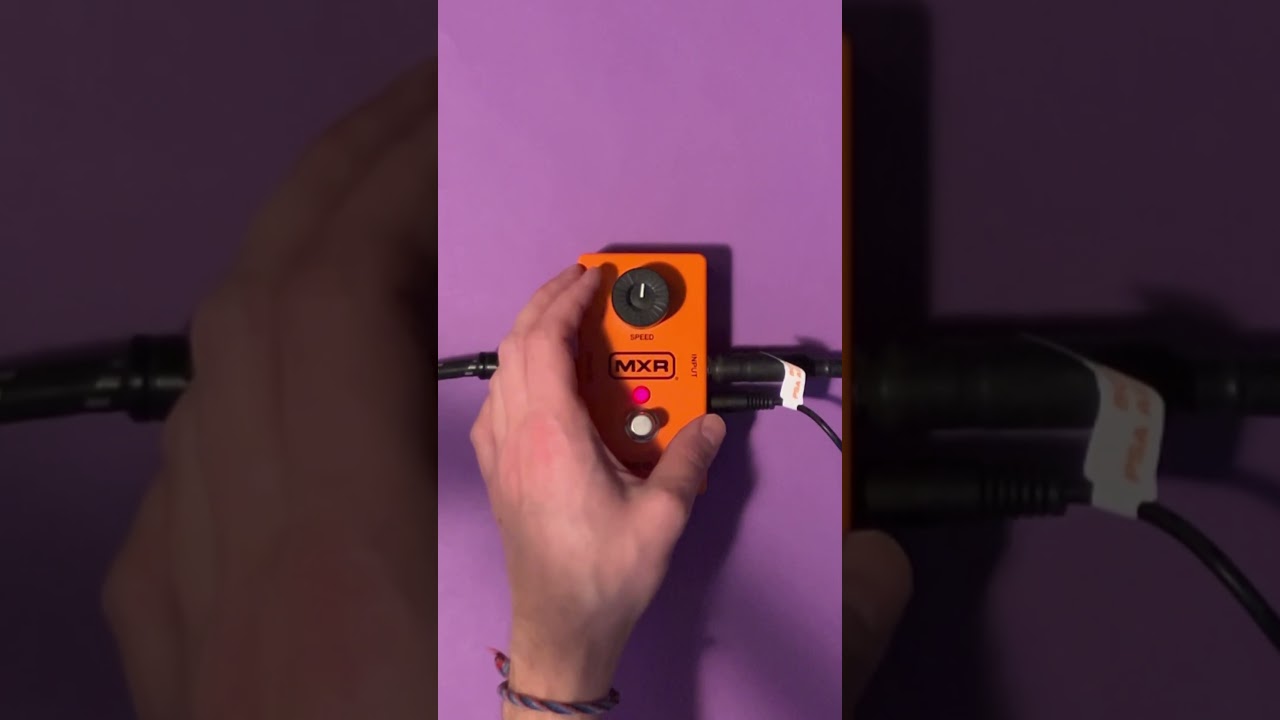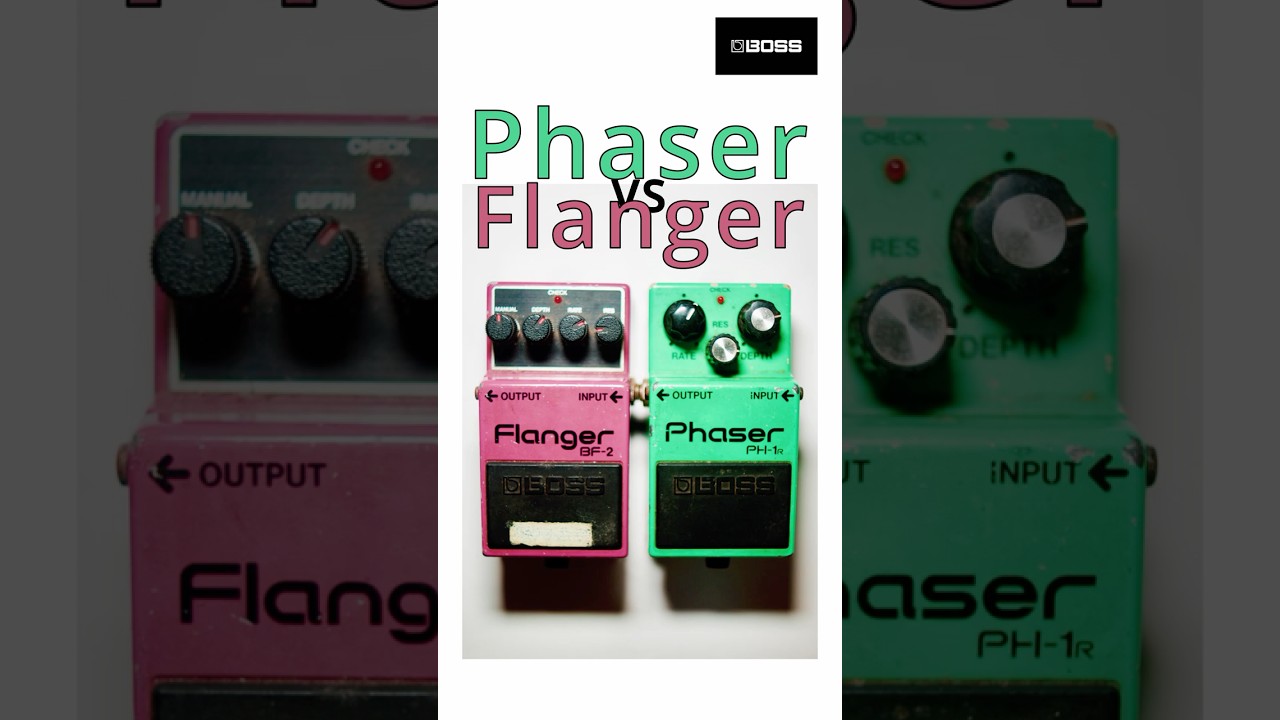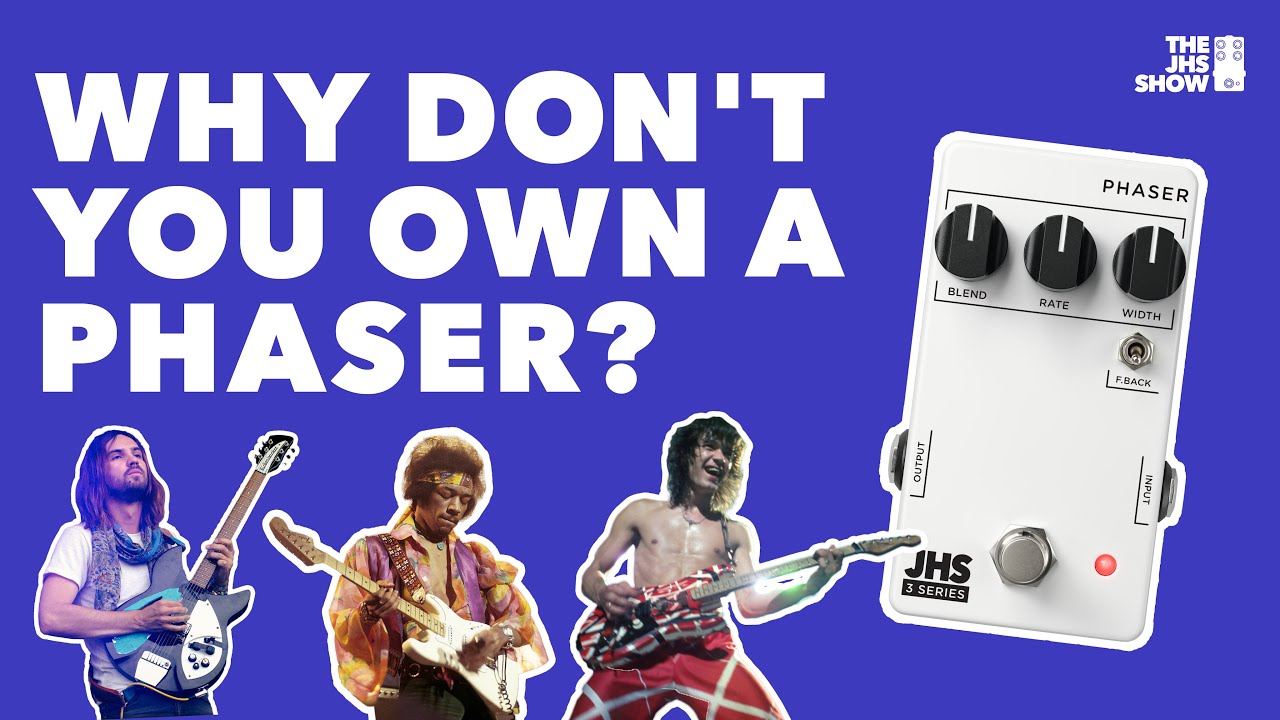Description
The Electro Harmonix Memory Boy Delay Chorus & Vibrato Pedal is currently retailing at £119 and it is out of stock. Available to be delivered to you by post direct (some charge may apply).The team at Just Pedals think that Electro Harmonix nailed it with the Electro Harmonix Memory Boy Delay Chorus & Vibrato Pedal.
Electro Harmonix Memory Boy Echo Chorus & Vibrato Pedal
The long lost son of the sought after Memory Man is here! A more compact, cheaper version of it’s Daddy, the Memory Boy Analog Delay features an expression pedal input for controlling the modulation rate, Square or Triangle Wave modulation and Vibrato / Chorus modes, as well as all the controls you’d expect from a delay pedal.
Reviews
- “At its simplest, the Memory Boy will do a convincing rock ‘n’ roll-style slapback – it should be pointed out that it doesn’t do pristine digital-style delay and nor is it supposed to.”
- “The Memory Boy comes in a much smaller, more robust, cast metal housing than its predecessors, with the added advantage of taking up less pedalboard real estate.”
- “Getting lost in the Memory Boy simply requires a fairly loud amp and five minutes of your time. It spans nice slapback delay to schizophrenic sonic silliness that experi-mentalists will adore… At this price, it’s a winner. 4.5/5”
Mick Taylor – Guitarist Magazine
Features
- All analog delay with feedback
- Up to 550ms delay time
- Selectable chorus or Vibrato modulation rates
- Choose between triangle or square modulation waveforms
- Expression pedal control of delay time or modulation rate (expression pedal extends the range of modulation rate)
- True bypass
- Power supply included
We have new and used Electro Harmonix musical equipment available on our website for fast direct delivery from sellers across the UK & Europe.
Electro-Harmonix (EHX) is a legendary effects pedal company founded in 1968 by Mike Matthews, known for pioneering some of the most iconic sounds in music history. Based in New York City, EHX offers a vast range of pedals, from the classic Big Muff fuzz and Memory Man delay to innovative effects like the POG and Freeze. Renowned for their creativity, durability, and affordability, Electro-Harmonix pedals have shaped the tones of countless musicians across genres, from rock and punk to ambient and experimental music.
Chorus is an effect that creates the illusion of multiple instruments or voices playing in unison by subtly duplicating the original signal and then detuning and delaying it slightly. This results in a shimmering, lush sound that can make a single instrument appear as if it’s being played by a group. The effect adds depth and movement to the sound, making it more vibrant and full.
Chorus pedals typically have controls for depth (how pronounced the effect is), rate (the speed at which the modulation occurs), and mix (the balance between the dry and affected signal). The effect is widely used in various genres, from rock to pop, and is especially popular for guitarists and bassists seeking a richer, more textured tone. Famous chorus pedals include the Boss CE-1, Electro-Harmonix Electric Mistress, and the MXR Analog Chorus, which are known for their smooth, swirling sounds.
A delay pedal is used to create an echo effect by repeating the original sound after a short time. It works by capturing the input signal and then replaying it with adjustable delay time and feedback. The longer the delay time and the more feedback, the more pronounced the repeating echo becomes, adding depth and space to the sound.
There are different types of delay pedals, including analogue, digital, and tape delay. Analog delay provides a warmer, more natural echo, while digital delay offers clear, precise repeats and additional features like tap tempo. Tape delay mimics the sound of vintage tape machines, adding a distinctive, slightly warbled effect. Delay pedals are widely used across genres to create atmosphere, enhance solos, or add complexity to rhythms.
Just Pedals is a new Guitar Effect Pedals Marketplace – We feature new and used Guitar Effect pedals from different sellers, to purchase online from the UK.
Vibrato is an effect that subtly varies the pitch of a note, creating a natural, wobbling sound that mimics the pitch modulation commonly produced by the human voice or stringed instruments. It is achieved by modulating the pitch up and down around the note’s fundamental frequency at a consistent rate, adding depth and expressiveness to a sound.
Vibrato pedals are commonly used by guitarists to add a lush, musical quality to their playing, with popular models like the Electro-Harmonix Holy Grail or MXR M68 providing a smooth, controllable vibrato effect. Unlike tremolo, which modulates volume, vibrato focuses on pitch, and it’s often used in combination with other effects to create richer, more immersive tones. The depth and speed of the vibrato can be adjusted to suit the musician’s style, from subtle nuances to more pronounced modulations.
Just the latest videos
Just related products
£139.00
All analog delay with feedback Up to 550ms delay time Selectable chorus or Vibrato modulation rates Choose between triangle or square modulation waveforms Power supply included
£169.41
Analog Delay Pedal with Tap Tempo Son of legendary delay pedal the EHX Deluxe Memory Man Expression pedal input for extra control Built In EFX Loop
£131.66
Electro Harmonix memory boy analog delay
£239.00
Analog delay up to 550 ms Controls: Blende, Level, Larsens, Chorus/Vibrato, Depth and Delay Bypass Switch 24DC-100 power supply supplied
£105.00 £91.48
True Bypass All analog delay with Feedback Up to 550ms delay time Modulation switch Optional Power Supply: 96DC-200BI PSU (Not Included)

